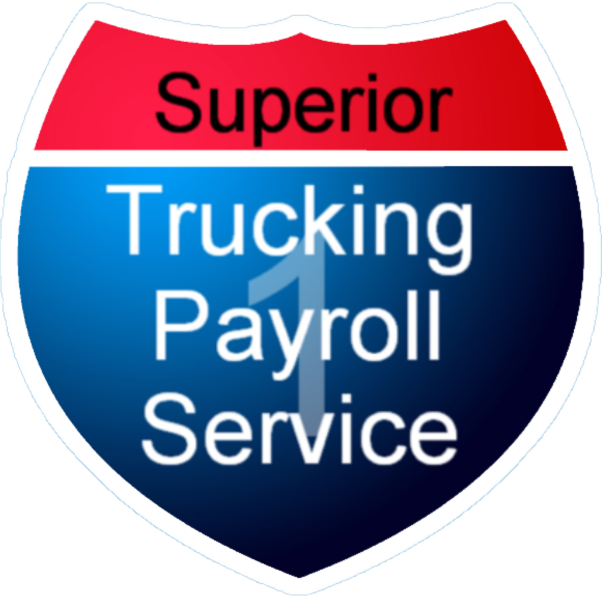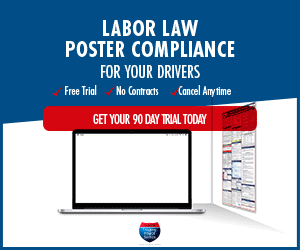TOP 8 EMPLOYEE HANDBOOK MUST HAVES
Employee handbooks, yay! You may be thinking to yourself, what is an employee handbook and why do I need one? An employee handbook is a living document, meaning that it is never 100% complete there is always allowance for improvements or changes as needed. This living document provides employees with company history, culture, policies, and any necessary laws or regulations regarding the business of your company. In your case, all things trucking. Whether you have one or one hundred employees, a handbook is essential to maintain clarity with employees and to protect your company legally.
What policies should my handbook cover? Great question! Whatever you want to address and nothing you don’t want to. There is no requirement to have an employee handbook, let alone what to put in it. That being said it should have at least the following: your company story, office environment, code of conduct, onboarding, communication policies, compensation and performance reviews, benefits, and when an employee leaves. What is so important about those eight things, you say. Let me tell you!
1. Your Company Story
This is not exactly a policy, but it is just as important maybe even more. Sharing your history, inspiration, and the start of it all, inspires and provides an answer to, “Why should I go to work today?” All companies seek to retain employees, and I bet you are no different. Employees look for meaning and fulfillment in their work; give them that with your purpose. Think about the on-the-road drivers. They spend days on the road at a time, missing their family, wanting for a home-cooked meal, and finding ways to stay focused on driving and entertained at the same time. Give them more than the money to “drive” them work. Let them in on the secret of why you do what you do and what keeps you going.
2. Office Environment
If you have certain expectations, you have to share them with your employees. Maybe you can read others’ minds, but believe it or not your employees can’t. This section of the handbook is a good place for office etiquette, use of office equipment, lunch and break periods, and such. Even if you don’t have a typical office environment or due to the recent pandemic, you have employees working from home, use this section to discuss the expectations you still have for them. Give your drivers the expectations you have for them. The truck is their office. Give them specifics to keep them accountable when driving your trucks.
3. Code of Conduct
Set your boundaries for your team here. Both your drivers and office employees should know about anything that is frowned upon while working for you. It is, after all, your name that everything will come back to whether good or bad. This section could include: anti-discrimination policy, anti-harassment policy, substance-free workplace policy, and any disciplinary actions. We know this section is not fun or exciting, but it is important. When the boundaries are laid out clearly, there is no reason to cross them.

4. Onboarding
Starting your employees on the road to success is the first step to getting your business on the road to success. Not only does having an onboarding section give you the ability to start an employee off the way you want, it can also alleviate some of the anxiety a new hire may have. Lay out the basics, give directions to the office, provide the team structure, and make sure they have key contact info. In an office setting, take the time to introduce them to people they will be working with and around. Introduce your drivers to the person or people that they report to and will hear from most often. Make the voice they hear a complete person and not just another noise.
5. Communication Policies
Chances are you communicate every day whether in your business or in your personal life. Take the opportunity to make it crystal clear how you want employees to conduct themselves with you, other employees, and those they come into contact with on the road or the phone. Communication is key; I know, I know that is so cliché. Hear me out; clear communication is the best way to prevent misunderstandings and mistakes. Setting your employees and drivers up to communicate clearly, can save you time and money. Less time spent in meetings or in conversations with people saying the same thing but not getting it or totally missing what the other said. Less money spent in fees for late loads, incorrect loads, wrong delivery location, etc. Time and money are highly valued resources.

6. Compensation and Performance Reviews
Everyone likes to get paid. We all want money for groceries, gas, date night, and our morning coffee on the way to the office. This section is where you can give your employees important information about getting paid and how to keep improving. Drivers want to know if they are getting per diem, paid by mile, paid by the hour, or paid by the load. Let them know how they are getting paid, what day of the week they get paid, and who to contact when something goes awry with their pay or they just have questions. Explain to your employees how they can earn bonuses or promotions. Keep them looking for ways to improve both themselves and your company.
7. Benefits
The benefits section is your chance to really show your employees the values you celebrate and make them feel well taken care of. Let them know who is eligible for benefits, when they are eligible for benefits, and what benefits they have access to through your company. Start with the small ones and work your way up to the cherry on top of the benefits sundae: health, disability, life, worker’s comp, retirement plans, paid time off, and other leave policies. Show them that you care for more than just the bottom dollar. You value the time and effort they give to support you and your family.
8. When an Employee Leaves
Unfortunately, it happens. If you have never had to let someone go or had an employee walk out on you, it’s coming. Prepare your employees and give yourself a guideline for when the time comes to usher out an employee. Tell them how and when they will receive their final paycheck, if you do exit interviews and how it will work, and how Consolidated Omnibus Budget Reconciliation Act (COBRA) benefits work. Give them a good leaving experience.

Are you convinced? Are you rushing to grab pen and paper to start your own employee handbook? You should be! Having something to rely on other than one’s memory can prevent the he said/she said arguments. Leaves your employees with fewer questions and gives you peace of mind.


